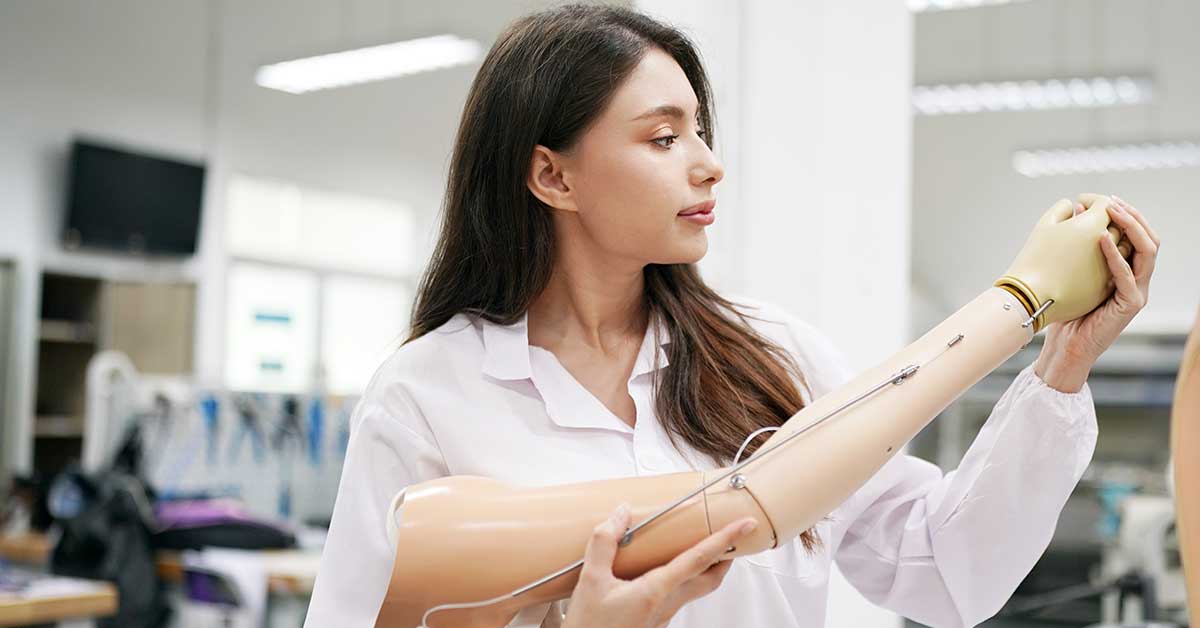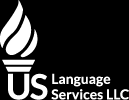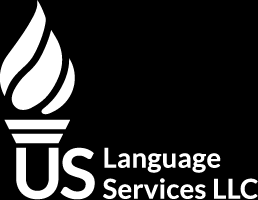How to Work in the U.S. As a Foreign-Educated Orthotist & Prosthetist

Orthotics and prosthetics (O&P) is often regarded as a very rewarding field, and individuals across the globe dedicate their studies and training to learning everything about this profession. If you are a foreign-educated O&P professional, you may be wondering if it is possible to bring your practice to the United States. After all, the U.S. has many benefits for individuals in this career field, including impressive pay. According to the U.S. Bureau of Labor Statistics, the average orthotics and prosthetics professional makes between $41,730 and $124,040, with the median annual salary being around $75,440. Our guide helps you understand the process for working in the U.S as a foreign-educated orthotist and prosthetist, and we answer important questions such as:
- What Is the Process for Working in the U.S. As a Foreign-Educated Orthotist & Prosthetist?
- How Much Does It Cost to Work as a Foreign-Educated Orthotist & Prosthetist in the U.S.?
- How Long Does It Take To Work as a Foreign-Educated Orthotist & Prosthetist in the U.S.?
- Are There Any Restrictions to Working as a Foreign-Educated Orthotist & Prosthetist in the U.S.?
- What Are the State-Specific Requirements for Foreign-Educated Orthotists & Prosthetists?
- What Are the Immigration Requirements for Foreign-Educated Orthotists & Prosthetists?
- Where Can I Get a Certified Translation?
What Is the Process for Working in the U.S. As a Foreign-Educated Orthotist & Prosthetist?
This process involves several specific steps that are meant to verify your foreign education and credentials, ensure you are ready to pass U.S. certification exams, and provide you with the licenses needed to practice in your chosen state. Take note that licenses for O&P professionals are handled on a state-by-state basis, so you will need to consult the licensing board of the state you wish to work in for more detailed information. The steps to working in the U.S. as a foreign-educated orthotist and prosthetist include the following:
- Your first step to becoming a practicing O&P professional in the U.S. is ensuring that your foreign credentials meet the equivalency of a master’s degree in orthotics and prosthetics from an accredited program. You will need to obtain a credential evaluation of your degree or other academic achievements in the O&P field through World Education Services (WES) and submit it directly to the National Commission on Orthotic and Prosthetic Education (NCOPE). NCOPE only accepts credential evaluations that are completed through WES, so make sure that you work with WES and NCOPE to fulfill this step.
- After you have verified that your education meets the basic requirements for orthotics and prosthetics professionals, you will need to take the combined O&P written exam. This exam is required of all aspiring O&P professionals before they are able to complete an NCOPE-accredited residency program. A residency program will take between 12 and 18 months, and you must complete it to be eligible for the next steps of this process.
- Once you have passed the combined O&P exam and completed a residency program, you will need to take the written simulation exam and the Clinical Patient Management (CPM) exam. The American Board for Certification in Orthotics, Prosthetics & Pedorthics (ABCOP) provides more information on preparing for these important examinations.
- Before you can officially practice as an O&P professional, you must be licensed in the state you wish to work in. State licensing regulations for orthotists and prosthetists vary, so you will need to check with the specific licensing board of the state you wish to work in for more detailed information. ABCOP provides an interactive map of state licensing boards for you to utilize when researching this information.
- The final step in ensuring that you can legally and easily work in the U.S. after being licensed in orthotics and prosthetics is making sure you have met all immigration requirements. There are a few different visas available to healthcare professionals, and you will need to ensure you obtain the correct visas for studying during residency before transitioning to a working visa. An immigration lawyer will be able to provide more information on the best visa options for your individual situation.
Make sure that you pay careful attention through each of these steps to other state requirements or documentation requirements you may need. When obtaining a credential evaluation, you will most likely need a certified translation of all of your original academic and licensing documents; double-check requirements for credential evaluations with WES and NCOPE for more information.
How Much Does It Cost to Work as a Foreign-Educated Orthotist & Prosthetist in the U.S.?
The costs of working as a foreign-educated orthotist and prosthetist in the U.S. include the cost of traveling to the U.S. and completing residency, important examinations such as the written simulation and the CPM exam, the costs for state licensing, and the cost of immigration. In general, you should set aside several thousand dollars for this process, but the exact cost depends on your residency program and where you live while completing it, the types of visas you apply for, whether you need immigration legal assistance, and the licensing fees in your chosen state.
How Long Does It Take To Work as a Foreign-Educated Orthotist & Prosthetist in the U.S.?
The process for becoming a foreign-educated orthotist and prosthetist in the U.S. takes several years, as you will need to complete a 12 or 18 month residency before being eligible to take your certification exams and then apply for state licensing. Studying for your exams takes several months, and you may also have to wait a month or two for your state license application to be approved. Immigration takes the longest, and your visa application may take between one and two years to be approved, depending on the visa type you are applying for and your situation; student visa applications tend to be handled faster. Speak with an immigration lawyer for more information. Overall, you should plan for this process to take between 2 and 4 years on average.
Are There Any Restrictions to Working as a Foreign-Educated Orthotist & Prosthetist in the U.S.?
Once you have completed all the education, examination, and licensing requirements for a foreign-educated orthotist and prosthetist in the U.S., you will be able to practice this profession in your chosen state without restrictions. Make sure that you keep up to date with any ongoing state requirements such as continuing education and license renewal fees, and that you also meet any applicable immigration requirements.
What Are the State-Specific Requirements for Foreign-Educated Orthotists & Prosthetists?
Every state handles licensing for orthotics and prosthetics professionals differently, so it’s important to double-check with the requirements in your state. You can use this directory of state licensing boards for more detailed information. In general, state-specific requirements for licensing will include an application for the license, licensing fees, identity verifications, and state-specific law and ethics exams. You may also be required to keep up with continuing education requirements and license renewal fees that occur every few years.
What Are the Immigration Requirements for Foreign-Educated Orthotists & Prosthetists?
Orthotics and prosthetics is a healthcare profession and is considered a skilled profession, qualifying it for certain types of visas. Initially, you will need a visa that allows you to study and work during your residency in the O&P field; more information about that can be found on the United States Citizenship and Immigration Services website. After completing any education and residency requirements in the U.S., you will need to apply for a working visa. The H-1B visa for specialty occupations, TN NAFTA Professionals visa, or employment-based visas all may be options, depending on your situation. Consult a U.S. immigration lawyer if you need advice or guidance through the immigration process.
Where Can I Get a Certified Translation?
Certified translations are an important part of the process when it comes to working as a foreign-educated orthotist and prosthetist in the United States. You will most likely need certified translations of your important documents throughout many steps in this process, including credential evaluations, state licensing applications, and even visa or green card applications. Visit our online store to obtain reliable certified translations of all of your important documents, including:
- Diplomas
- Academic transcripts
- Business licenses and certifications
- Resumes and employment records
- Birth certificates
Guaranteed Acceptance
All our certified to English translations are accepted by the USCIS. Our translations follow the guidelines established by the USCIS and are also accepted by educational institutions.
Most Requested Documents
FAQs
You can order most translations 24 hours a day, 7 days a week through our online store. For large projects (more than 20,000 words or 50 pages), please request a quote.


